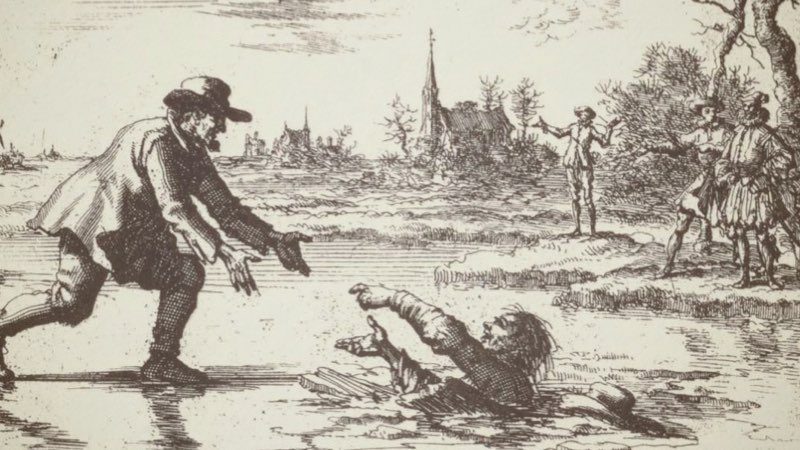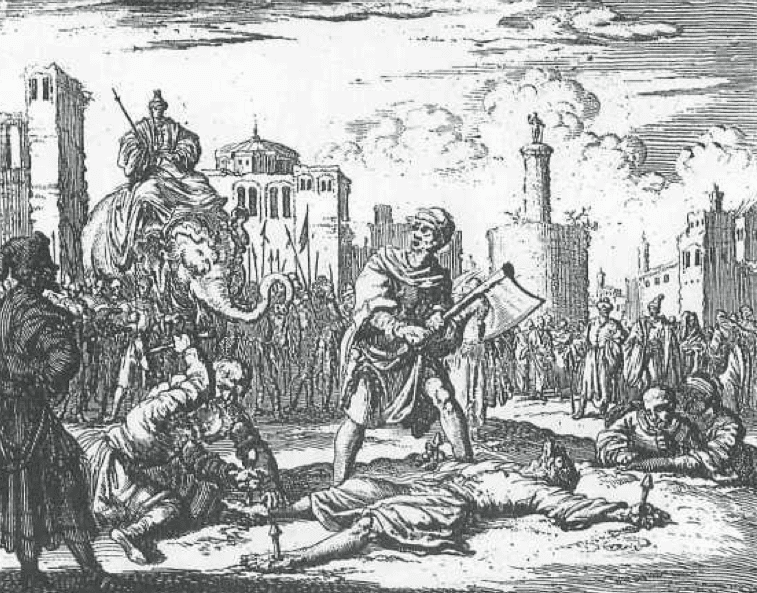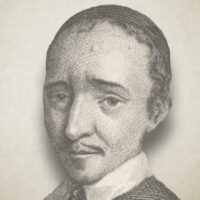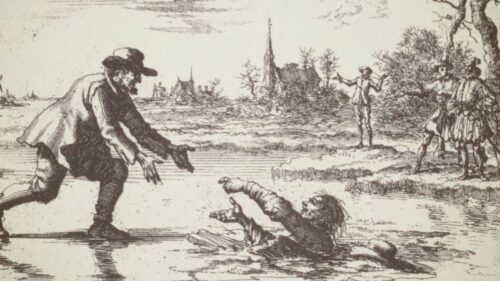
39. The Apostle Thomas
Thomas, tortured by the natives in Calamina, thrown into an oven, and stuck through with spears, A.D. 70
Thomas, The Holy Apostle Of Christ, Tormented With Red-Hot Plates, Cast Into A Furnace, And His Side Pierced With Spears By The Savages, At Calamina, About A. D. 70
Thomas, surnamed Didymus, that is, twin, was a native of Galilee, and his occupation, as it appears, that of a fisherman. John 11:16. Concerning his parents and the time of his conversion, we find no account in the Evangelists, who mention only his call to the apostleship. Matt. 10:3.
His love and ardent affection for Christ appears from the fact that he exhorted his brethren, to go up to Jerusalem, that they might die with Christ. John 11:16. But as he had not yet resisted unto blood, and labored also under a certain misapprehension concerning the death of Christ, he with the others forsook the Lord in the time of need. John 14:5; Matt. 26:31.
Afterwards, when the Lord had arisen, and appeared to the other apostles, in the absence of Thomas, he could not believe it, as he said, unless he should put his fingers into the prints of the nails with which He had been crucified, and thrust his hand into the Lord’s side, which a soldier had opened with a spear. But when the Lord came again, and appeared also to him, saying, “Reach hither thy finger, and behold my hands; and reach hither thy hand, and thrust it into my side,” etc., then he, being convinced, began to salute Christ with divine titles of honor, saying, “My Lord and my God.” John 20:24-28.
After this, he, together with the other apostles, received commandment to preach the Gospel in the whole world, and to baptize the believers; to which end, ten days after, namely, on the day of Pentecost, he, with all his fellow ministers, received the Holy Ghost in full abundance. Matt. 28:19. 20; Mark 16:15.16.
According to history, he sent Thaddeus unto King Abgarus, shortly after Christ’s resurrection. Eitscb. Hist. Eccl., lib. 1, cap. 13.
As Parthia, India, Ethiopia, and many other countries had as his portion, been assigned him, he traveled through them; he dreaded, however, as it appears, to go to the moors and the savage nations of India. Nevertheless, God having strengthened him, he there converted many to God. Euseb. Hist. Eccl., lib. 3, cap. 1.
Concerning the end of Thomas, the most probable account found by the ancients is this, namely, that at Calamina, a city in the East Indies, he put a stop to the abominable idolatry of the heathen, who worshiped there an image of the sun; so that through the power of God he compelled the Evil One to destroy the image. Thereupon the idolatrous priest accused him before their king, who sentenced him, first to be tormented with red-hot plates, and then to be cast into a glowing furnace, and burned. But when the idolatrous priests, who stood before the furnace, saw that the fire did not hurt him, they pierced his side, as he lay in the furnace, with spears and javelins; thus he conformed in steadfastness unto his Lord Jesus Christ, whom he confessed even unto death. Jerome states that his body, which, it seems, was taken out of the fire, was buried in the same place where he died. Joh. Gysii Hist. Mart., jol. 11. col. 4. Konst-tooneel van veertig, in the life of Thomas.
Thieleman J. Van Braght (1625-1664) was an Anabaptist who is best known for writing a history of the Christian witness throughout the centuries entitled “The Bloody Theater or Martyrs Mirror of the Defenseless Christians who baptized only upon confession of faith, and who suffered and died for the testimony of Jesus, their Saviour, from the time of Christ to the year A.D. 1660” (1660).
Thieleman J. Van Braght, Martyrs Mirror





